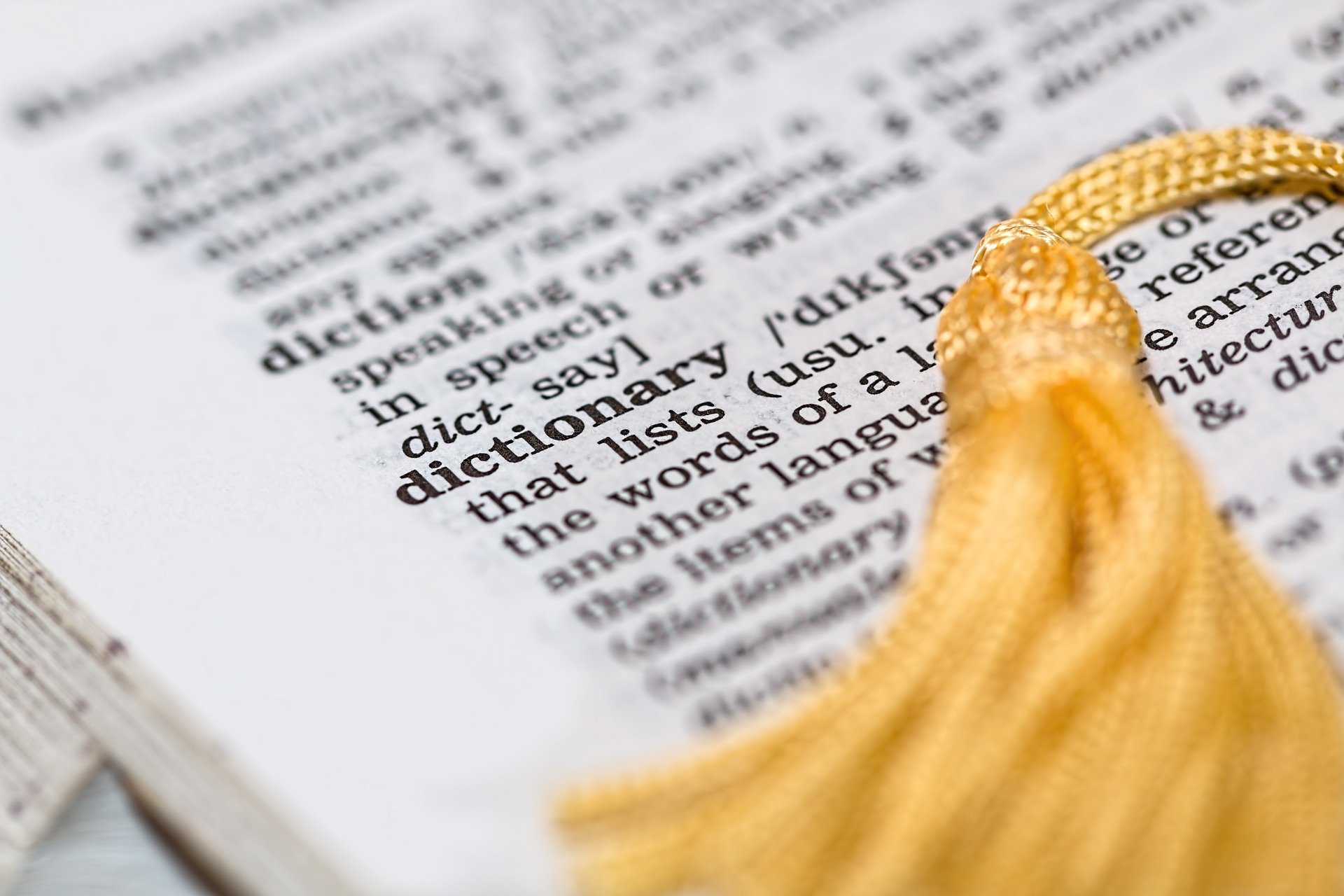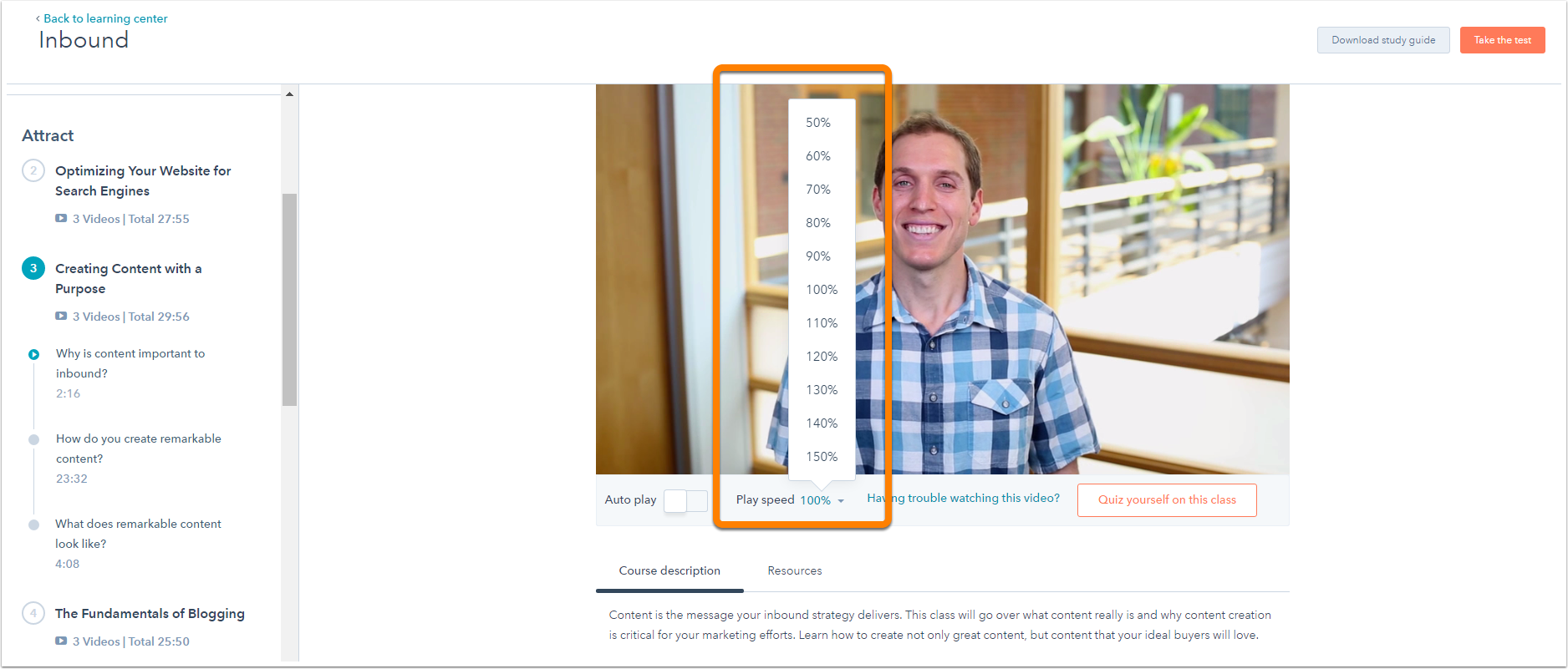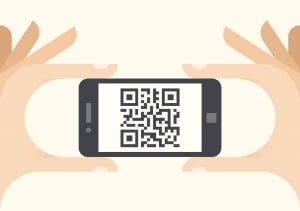We all suffer from only having 24 hours in a day. Chances are, you’re spending a chunk of that time writing emails. Lots of them.

Nevertheless, you’d probably like to have 2 hours and 15 minutes back in your day, right?
Here’s the action: write short emails. The benefits of writing short emails are limitless. Shortening your emails will not only reduce time spent on email composition, it will increase your communication clarity and reduce the necessity to repeat yourself the next day.
Email is digital words, written on lines and, therefore, has lines to read between. Email is capable of immediacy, its human operators are not. In this post, we’re going to learn how to write shorter emails in four easy steps.
Step 1) Identify the email’s recipient
You wouldn’t use a megaphone to shout at your aunt Delores, would you? Of course not. You’re a tactful professional.
Same rule goes for email. Identify its recipient or audience.
Is the recipient a new acquaintance? Are they a superior? A subordinate? A peer?
I’ll share an experience that got me thinking about this. I was replying to a message from someone that is five management levels above me. I handled every syllable like a baby chick and was crystal clear on each detail. I anticipated the superior’s questions. I provided direct answers. I lost four pounds of weight from sweat while writing it. The results were remarkable. I found myself motivated to shed extra words. I didn’t wander or try to fudge answers. I also noticed its brevity.
Warren Buffet says, in as many words, to demonstrate your capability with clarity in words in the SEC “plain English” handbook, and excess is not required:
"Perhaps the most common problem, however, is that a well-intentioned and informed writer simply fails to get the message across to an intelligent, interested reader. In that case, stilted jargon and complex constructions are usually the villains." -- Warren Buffet
When you can identify your audience, you can anticipate their needs. When you can be direct toward those needs, it will be clear you respect their time enough not to blither, and that your words bear authority, reducing their need to ask for a follow-up.
Step 2) Reduce the reader’s time to answer and simplify the conversation
You are emailing or being emailed because you are helpful and needed. Make your answer simple, and shortened emails will follow. The reasons why are numerous.
Put yourself in a recipient's shoes. I imagine they receive innumerable messages a day, just like you and me. What do you typically look for in an email? You want to clearly understand the message but you also want it to be short, to the point and respectful of your time.
Consider some common email questions that you might receive. Here’s one example:
Hey Alex, can we move the call from 3pm to 3:30pm?
Recalling Step 1, identify the audience, I can approach Step 2 with clarity—simplify. It is not always just a matter of producing a response in fewer words since they may be asking more in their message than is revealed. It is up to me to know the whole answer and remove the extra wording.

Before replying, my obvious first step is to check my calendar. However, I’ve been keeping track of my talks with the recipient, and a bit of research reveals that he felt uncertain in his recent email automation efforts. He also wants to keep his team involved. It might have taken extra time to add more to this short email, but it will help simplify the email conversation and help with not having that back-and-forth email chain.

A one sentence paragraph and 62 words total. The conversation is simplified. It’s enough to let him know what we’ll be covering, that I read between the lines in our last conversation and that we’re going to focus on his main concern above all else. Nothing else is said or required.
Step 3: Craft the short email (this is the easy part)
The last thing I take into consideration before sending the email is the precedent. I consider the role I’m playing in this. Am I a resource? A judge? An encyclopedia? A magic mirror? Know your role. Be clear.
Demonstrated earlier, you want to confirm your role to the email’s recipient. You may be swapping messages with them again soon. When the message is short, there’s less chance to be misread.
I consider the following:
- What does my message say about the pace of future communications?
- What does my message say about the recipient's future expectations toward me?
- What does my message say about the others potentially being CC’d on this thread?
I don’t want to step on anyone’s toes. I don’t want to undermine anyone’s authority. I don’t want to misrepresent myself as an infinite resource that can be reached day or night.

Note a few choice words in the message.
- "Echo" - I’m reaffirming advice, not overriding anyone role
- "Further information" - not “get more help,” as though I were implying this is a cursory message and I am withholding information
- academy.hubspot.com - while I am giving advice, I am not setting myself up as a well to come back to when more immediate and thorough documentation is available
What did our short email achieve?
Counted up, we have de-escalated a customer’s worries in eight sentences. Taking a few moments of clarity now to write those great eight sentences will save our:
- Trust today
- Time tomorrow
- Extra follow-up emails next Monday
Last, if you find yourself writing a lot of the same email over and over, short or not, I’d advise implementing the Templates in HubSpot’s Sidekick tool. You can create different versions and track the templates’ performance against each other, refining the responses’ language over time.
Keep it brief!
Now that you know how to efficiently know how to follow-up with your contacts, maybe it's time to consider how to re-engage your contacts and write a clear and compelling email to drive engagement.










